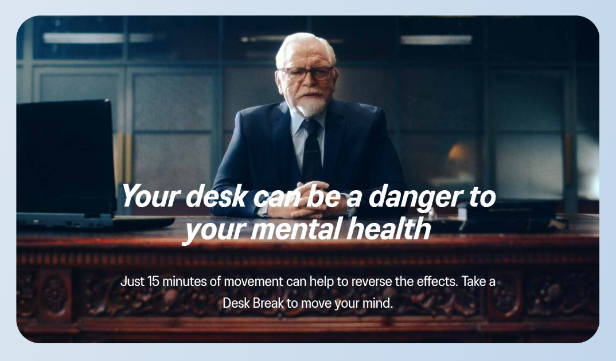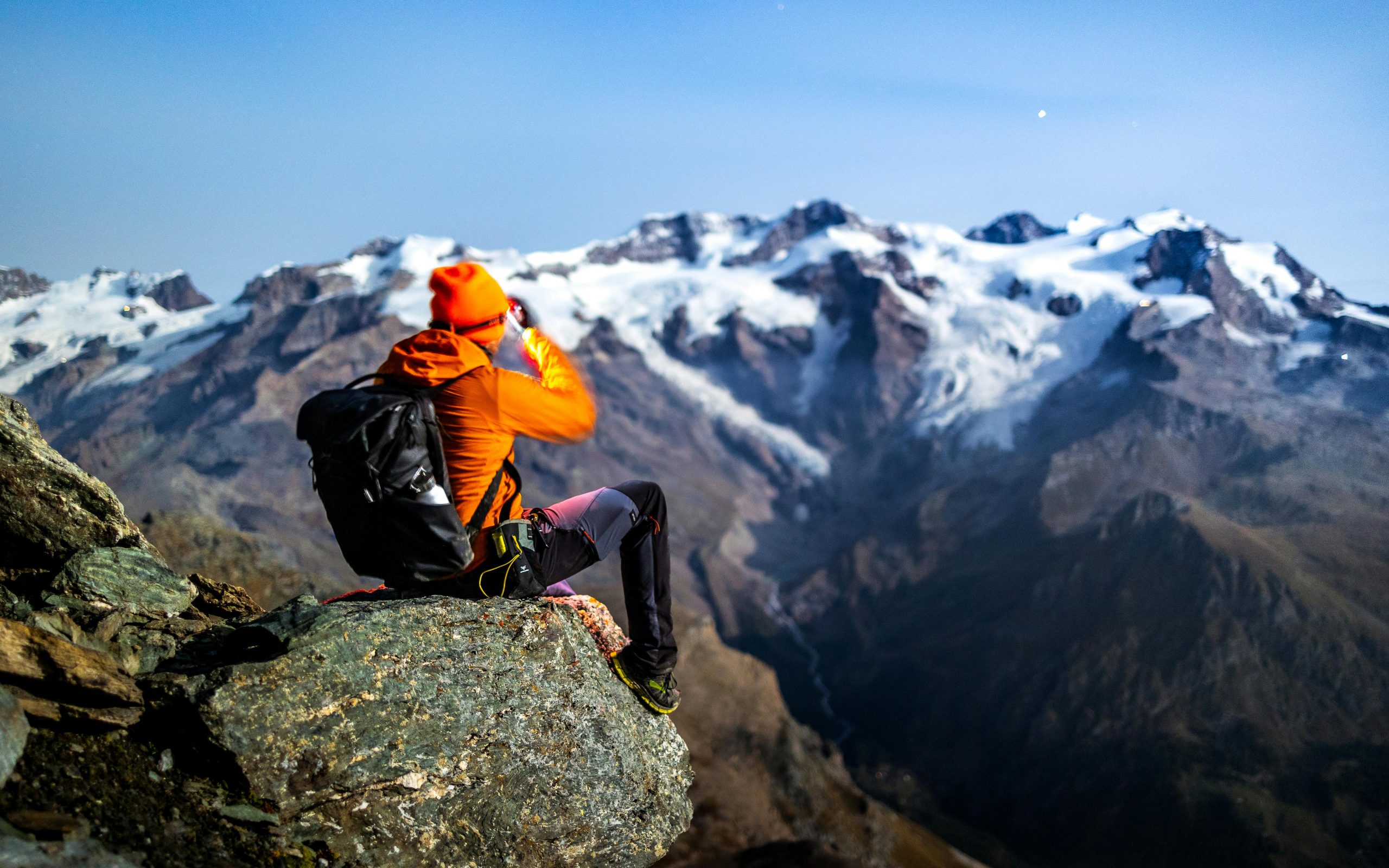As a Kiwi living in London, one of the bigger culture shocks I found was the amount of walking Londoners do. Call me lazy, but in Auckland driving is the main source of transport, walking even 20 minutes is simply not the norm. So you’ll understand my surprise upon moving here that a 30-minute walk to a friend’s was considered quick (though coming from a city with an average elevation of 195 metres to one that sits at just 10 metres makes this much more doable). But it’s not just about getting from A to B, it’s reflective of the growing passion people have here for their free time and their dedication to using that free time mindfully to actively work on their wellness.
Though these trends are not exclusive to London. As someone who is chronically online, I have seen a major shift in people picking up hobbies that are not only enjoyable but also beneficial. We’re seeing a resurgence of everything from crochet and knitting (as ways to create and customise your wardrobe), to DIY home décor, ‘hot girl walks’, and community-led events. In 2025 the pub isn’t the place to meet new people – your local run club is. It’s true that in this post-Covid world, we’re seeing a society more dedicated than ever to using free time intentionally, shifting how people approach their lifestyles, priorities and connection with others.
But why is this all happening? What are the drivers behind these cultural shifts?
Rejection of Digital Addiction – Screen time and connectivity have increasingly grown over the years, resulting in highly addictive scrolling, hyperconnectivity and fatigue. With more and more research emerging on the long-term impacts, we’re seeing significant pushback. At the same time, there’s a growing desire for physical, offline experiences like running or walking without headphones, or craft nights with friends. The term ‘digital detox’ itself has seen a 79% increase in interest since the end of 2022 alone (Source: Google Trends).
Gen Zs re-evaluation of what it means to go out – Younger generations are putting the role that alcohol plays in their lives under the microscope. Enter the ‘sober curious’: a group questioning their relationship with alcohol and the desire to drink. Instead of following in the footsteps of past generations who spent the 9-5(am) of their formative years out on the town, they’re drinking less, or not at all. Instead, they’re challenging the social expectations around alcohol and opting for more mindful activities. Ruby Warrington calls it “the next logical step in the wellness revolution” (The Guardian, from her book Sober Curious). For them, it’s all about clarity and connection over classic pub culture.
Active Relaxing – Sure, the European summer holiday isn’t going anywhere, lying on the beach with an Aperol Spritz in hand and the sun overhead is still highly desirable. But there is a noticeable shift toward people who are choosing movement and mental stimulation over passive rest, spending their summers hiking in the Alps and heading to the cliffside on a long weekend to elevate their usual ‘hot girl walks’. This mindset isn’t just reserved for holidays though, more people are craving productivity in their everyday moments of rest – choosing activities like running, reformer Pilates, cold plunges, and learning new skills. They want to do something that feels justified and enriching, not just an escape from doomscrolling.
It’s not just me thinking this, search interest in terms such as run club, cold plunges and sober events has steadily climbed over the last 5 years, pointing to a wider shift in how people want to spend their downtime.

Community and connection – All of the growing trends are signs of a much larger craving within society. As third spaces disappear (another cultural shift entirely), we’ve entered a digital age where connection is increasingly online. Non-traditional communities are popping up – alcohol-free club nights, crafty cinema evenings, and groups like Gorp Girls who climb, hike and run together, collaborating with brands like Canoe and Inspired Ventures to create meaningful connections. Not only are these hobbies a good use of your time, but they also fill an increasing need for belonging.
Brands are tapping into these non-traditional methods of connecting with their audiences too. ASICS’ recent ‘The Desk Break’ campaign encouraged workers to get up and move before their minds turn into ‘meltdown mode’. Featuring a PSA from actor Brian Cox (who plays the iconic business tycoon Logan Roy in the hit show Succession) the initiative encourages employees with a call to action to join the #DeskBreak social challenge and connect with people from all over the world to take regular movement breaks.

But what does this mean for brands?
It seems that what started as a 30-minute walk to a friend’s place turned into something much bigger: a new and very real understanding of what productivity, connection, and rest can really look like.
The message is clear, people, especially young people, are no longer just wanting the product you provide. They are after community, feel-good rituals, and ways to feel a part of something bigger than themselves. Show up for them in meaningful ways – create opportunities for them to connect, grow and thrive.
But where to start? Well we’ve identified 5 key segments showcasing the different mindsets people adopt towards wellness – if you want to learn more about who your audience is (or where you sit in the Wellness Crowd), check out our latest whitepaper here and get in touch for more!


